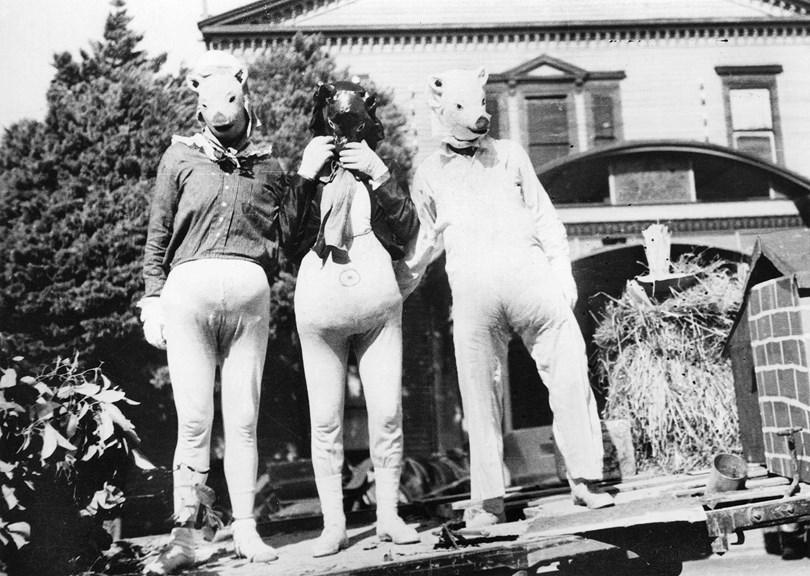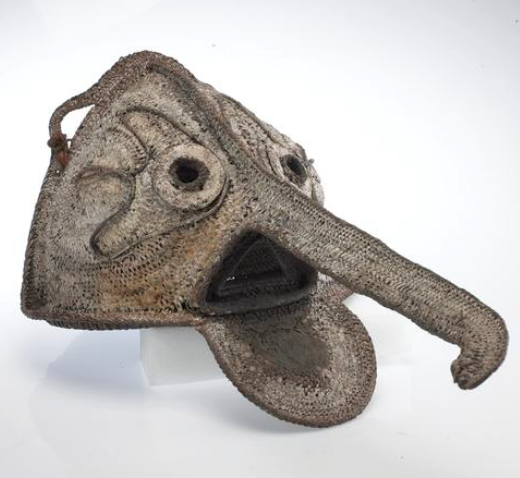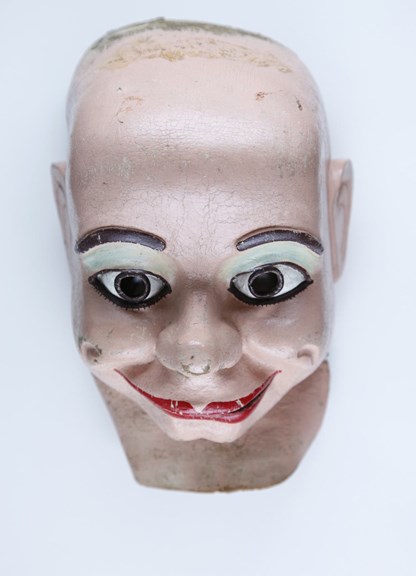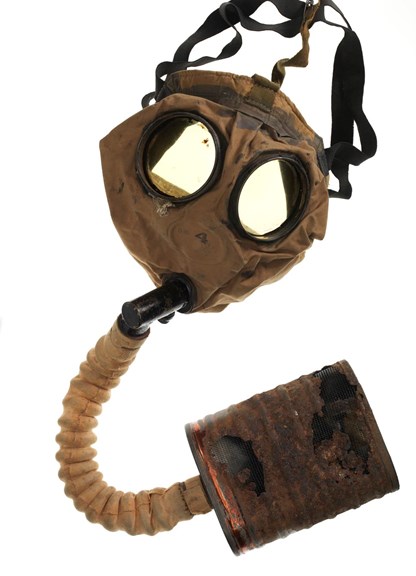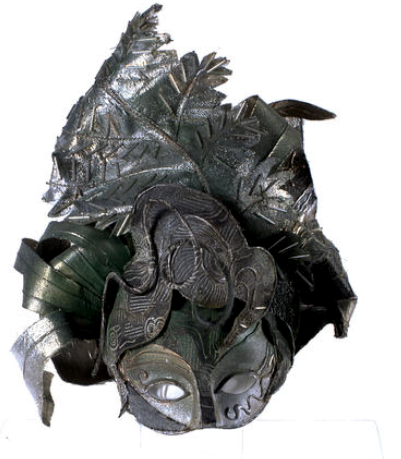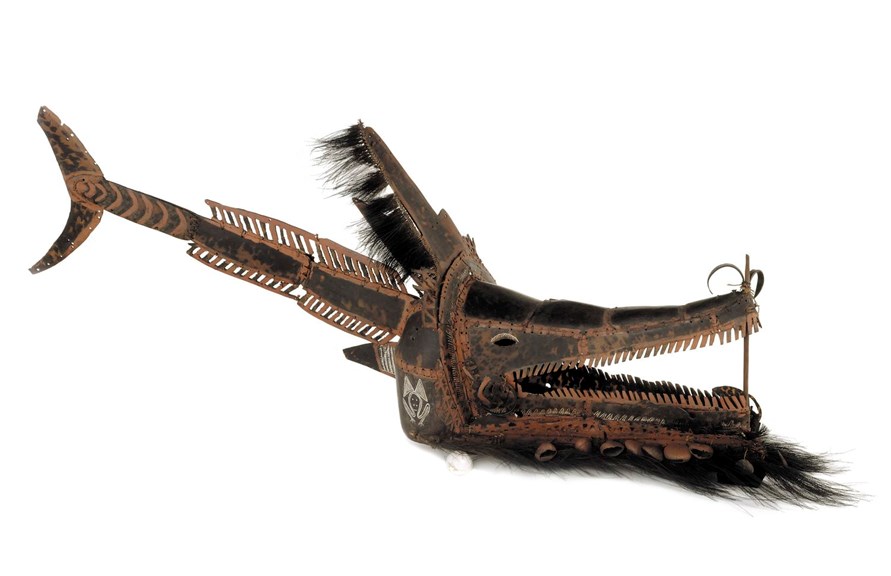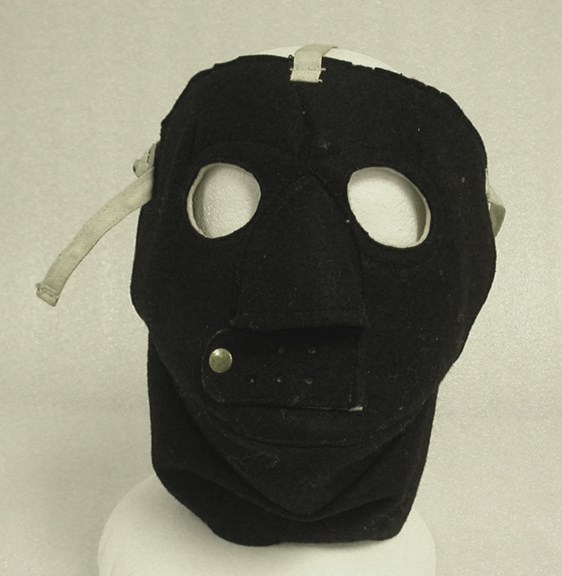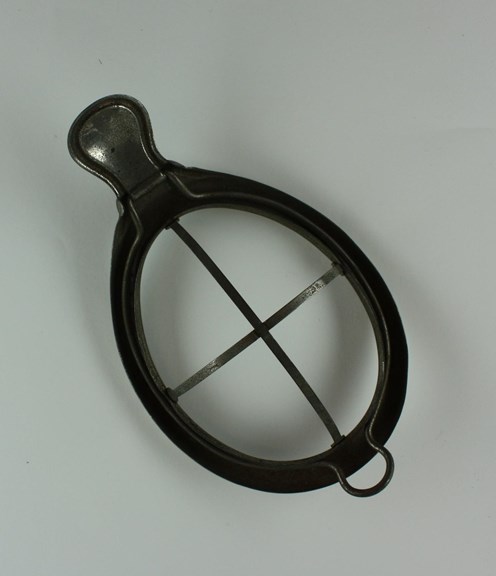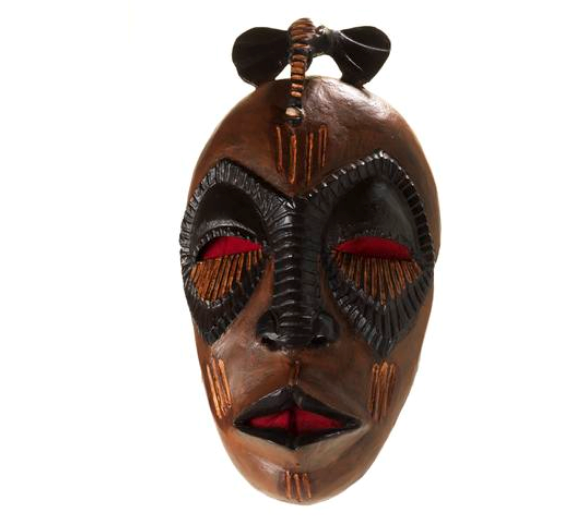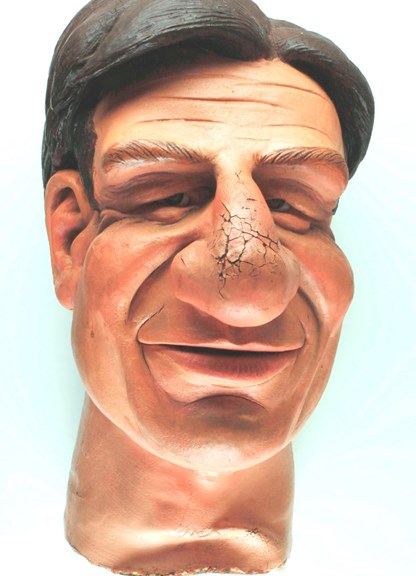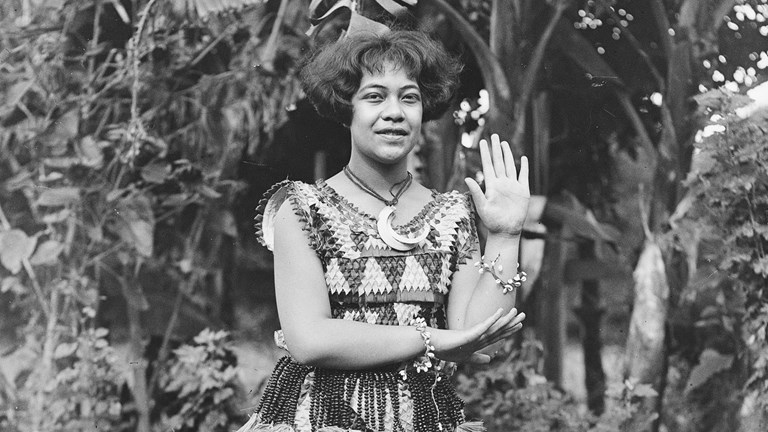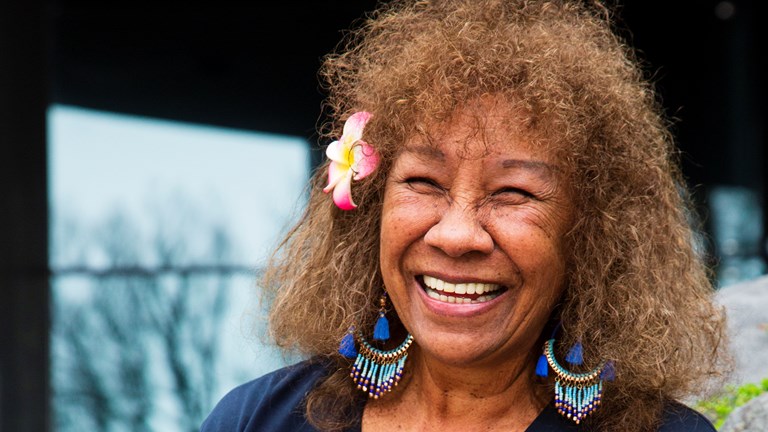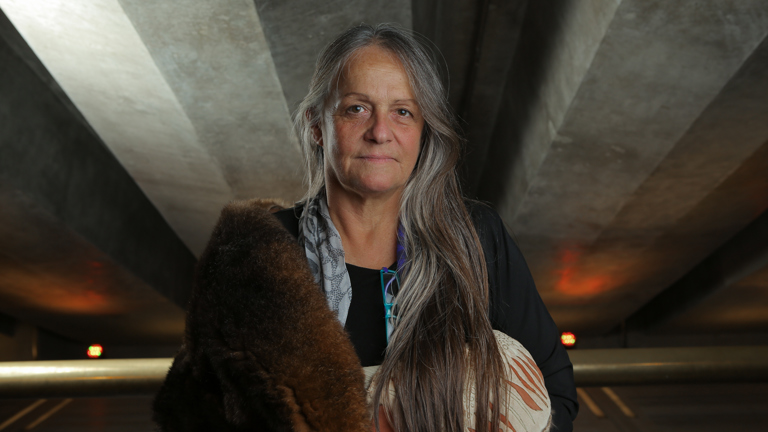10 peculiar and splendid masks
Masks might come to symbolise 2020. But they have a rich and often strange history.
What do you need in outer space and beneath the ocean? What protects those who perform surgery and rob banks? What can ward off both prying eyes and invisible killers?
Masks may come to symbolise 2020, a year that was first defined by catastrophic bushfires and then a global pandemic, before it was three months old. But masks have a long and rich history.
The Golden Mask of Tutankhamun, the masks of the Venice Carnival, Guy Fawkes masks, the mask of Hollywood superheroes and horror villains—masks have been with us since the murkiest depths of human history, across our varied cultures.
Depending on the form they take, masks can terrify, transform, arouse or amuse us. They whisper to our most primal of emotions. And, often, long after a person has been forgotten, their mask remains.
So we took a dive into the vaults of Museums Victoria and emerged with 10 important, beautiful, surprising and/or downright weird masks. As well as a few strange photos...
A mask of secrets
When a chosen boy placed this upon his head, secrets were revealed to him and he became a man.
A male didagur mask, it represents the spirits of the natural world.
In the Sepik River area of Papua New Guinea, masks like this are essential in ritual performances of initiation.
Masks are used across the majority of PNG for varying cultural practices, many of which still exist to this day.
They are not just limited to the face—some masks incorporate the whole body.
A hero’s mask
Some heroes don’t wear masks to protect their identity, but to protect themselves from smoke and fumes.
Dust masks like this were used by firefighters who fought the 2009 Black Saturday fires, which killed 173 people and are regarded as one of the country’s worst natural disasters.
This particular mask is part of a collection which documents the life of bush poet and volunteer firefighter Peter Auty.
A talking mask
This is a mask of a mask.
It was made in the likeness of ventriloquist doll, Gerry Gee, in about 1960 for children's television program 'The Tarax Show'.
The mask was used during scenes in which Gerry would ‘walk, run or move about’. Schoolboy John Field would make the trip to the Richmond studios of GTV Channel 9, don this mask and act as Gerry’s double.
A mask that breathed
The four years of global conflict which erupted in 1914 is commonly referred to as the First World War, WWI or the Great War. But some historians refer to it as the Chemists’ War.
For the first time, gases of war like chlorine and mustard were unleashed on a mass scale. While direct fatalities were relatively low, the trauma of gas warfare ran deep.
This small box respirator was first used by Allied troops on the Western Front and was considered to be the most effective gas mask of the war.
A mask of glamour
The 1980s was a decade of decadence and experimentation.
The shoulder pads, the perms, the mullets—some of the fashion of the day was (arguably) best forgotten.
Then there’s this piece, which ended up in our collection devoted to fashion designer Prue Acton.
A mask of culture and knowledge
This is a mask made of Hawksbill Turtle shell, cassowary feathers, sea shells and seeds.
Its head takes the shape of a crocodile, its tail of a fish.
This mask was made in the Torres Straits sometime before 1885, when it was acquired from the Fly River region in New Guinea—evidence of trade networks between the islands.
A mask that froze
On the face of it, this is probably our most terrifying-looking mask.
But it actually falls into the life-saving category. Known as a blizzard mask, it was made in the 1950s in Richmond for Australian research expeditions to Antarctica.
A mask to kill ... the pain
This mask may be more innocuous looking, but it was far more terrifying.
Schimmelbusch-type anaesthetic mask were used in surgery from 1890 to 1950.
The mask was placed over the nose and mouth of patients before pumping them with ether or chloroform.
A mask of refuge
This is a mask that links a coup in central Africa to the regional Victorian city of Shepparton.
Called the Elephant Man mask, it was made by artist Nickel Mundabi Ngadwa in Australia in 2011.
Nickel and his family were forced to flee the Democratic Republic of Congo in 2000 and finally sought refuge in Australia in 2009.
A gag mask
Former Aussie Rules footballer and media personality Sam Newman’s career is long and marked by controversy.
This mask harkens back to a simpler time for Newman. It was used on several occasions in The Footy Show, once after the 1995 grand final and again in 1997, for a 'two headed' visual gag.
In more recent times, Newman was a central figure in the booing controversy surrounding Adam Goodes. An Adnyamathanha and Narungga man and one of the game's greatest players, Goodes was forced into retirement in 2015 after being continually booed by opposition crowds. Newman was one of the more prominent voices claiming this had nothing to do with Goodes' stand against racism.
'People are not booing you, Adam, because you are an Aboriginal, they are booing you because you are a jerk,' Newman said to the 2014 Australian of the Year through the medium of The Footy Show.
The unfortunate saga was the subject of two documentaries released in 2019.
In July 2020, Newman was forced to apologise to another First Nations Aussie Rules champion, Nicky Winmar. This came after Newman and two co-hosts of a podcast claimed an iconic picture of Winmar raising his jumper and pointing proudly at the skin of his chest had nothing to do with him standing up to the vile racist abuse he received by opposition fans in an infamous game at Victoria Park in 1993.
